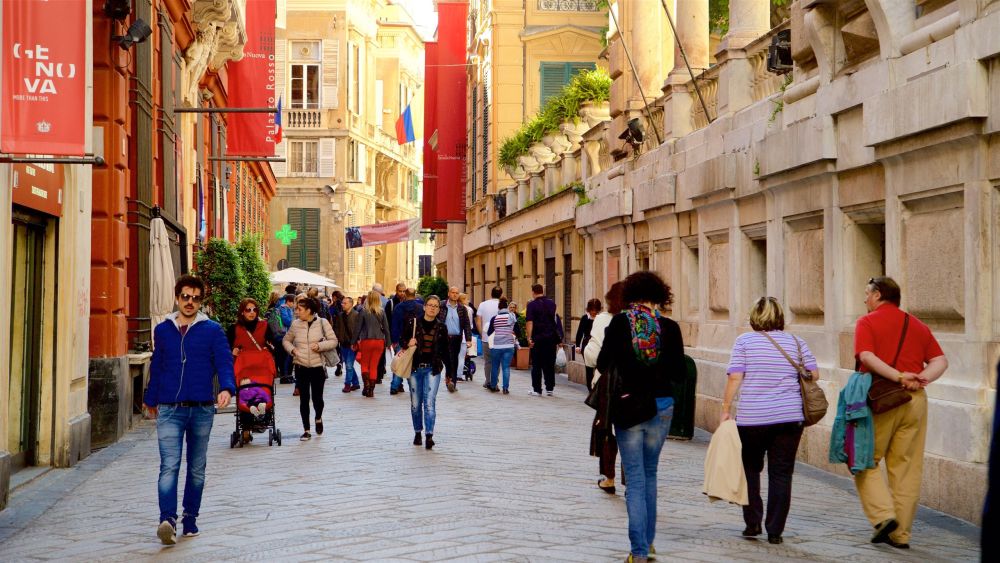

Genoa, a city with a rich maritime history, is home to the renowned Via Garibaldi, a UNESCO World Heritage Site known for its outstanding examples of Renaissance and Baroque architecture. Originally named Strada Nuova, meaning "New Street," Via Garibaldi dates back to the late 16th century and has been a prestigious address ever since. The street was designed to accommodate the palazzos of Genoa's most prominent families, displaying their wealth and influence.
Throughout its history, Via Garibaldi has drawn visitors from around the world, enamored by its historic charm and architectural grandeur. The transformation of these palaces into museums and galleries has further solidified Via Garibaldi's status as a cultural and tourist landmark.
In the early days of tourism, Via Garibaldi was a destination for the elite classes, who marveled at the grandiose palazzi like Palazzo Rosso, Palazzo Bianco, and Palazzo Tursi. As travel became more accessible, these historic buildings evolved to accommodate the influx of tourists, with many converting into art galleries and museums showcasing European and Genoese artistry.
The latter half of the 20th century saw a significant increase in cultural tourism, with visitors seeking to experience the authentic history and local traditions of places like Genoa. Via Garibaldi, with its well-preserved palazzi and museums, became a symbol of this trend.
In recent years, there has been a marked trend towards experiential tourism, where travelers seek to immerse themselves in the local culture. Via Garibaldi caters to this desire through various guided tours that tell the stories of the families who once resided in these palaces and the artists whose works adorn their walls.
Furthermore, sustainable tourism has gained momentum, with Genoa promoting preservation efforts that ensure the street's architectural heirlooms remain intact for future generations to enjoy. Indeed, Via Garibaldi complements this trend by being a walkable destination that encourages visitors to explore on foot, reducing their carbon footprint while experiencing its enchanting atmosphere.
Genoa and Via Garibaldi continue to adapt to changing tourism trends, having recently emphasized digital experiences such as virtual tours and online galleries, responding to the global situation and maintaining interest in this unique historic street.
Current visitors to Via Garibaldi can indulge in a rich tapestry of cultural experiences. The street's museums frequently host exhibitions and events focusing on various aspects of global and local art history. Moreover, the surrounding area of the Old City offers an array of dining and shopping options that complement a day spent exploring the historic street.
In the modern context, Via Garibaldi represents a fusion of past and present, where awe-inspiring architecture and art coexist with contemporary amenities and innovations, ensuring that every visitor leaves with a lasting impression of Genoa's illustrious heritage and vibrant culture.